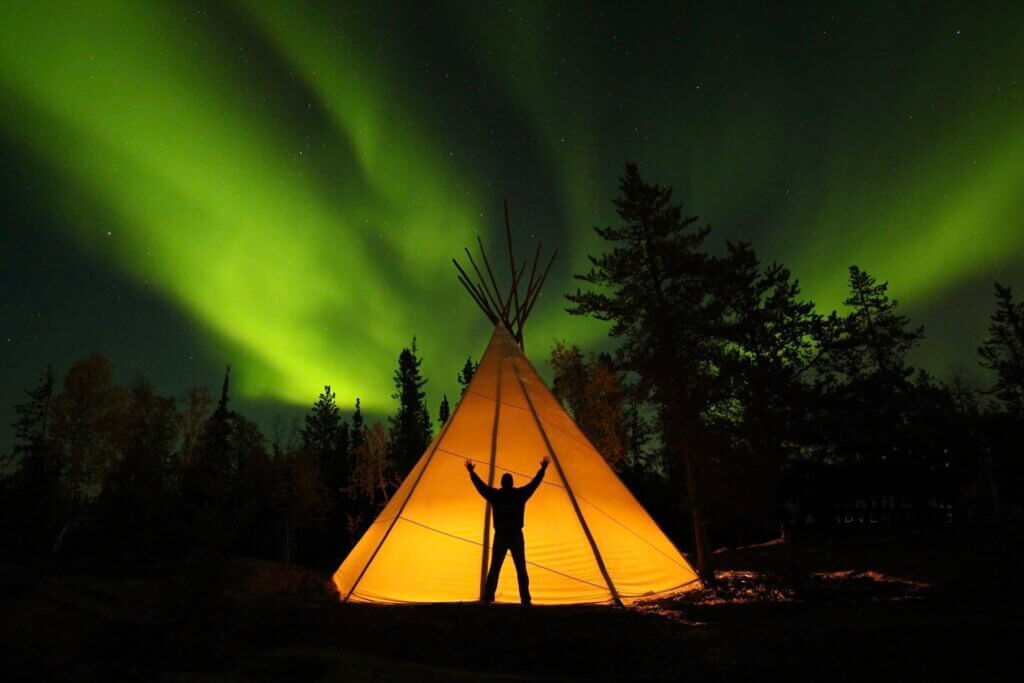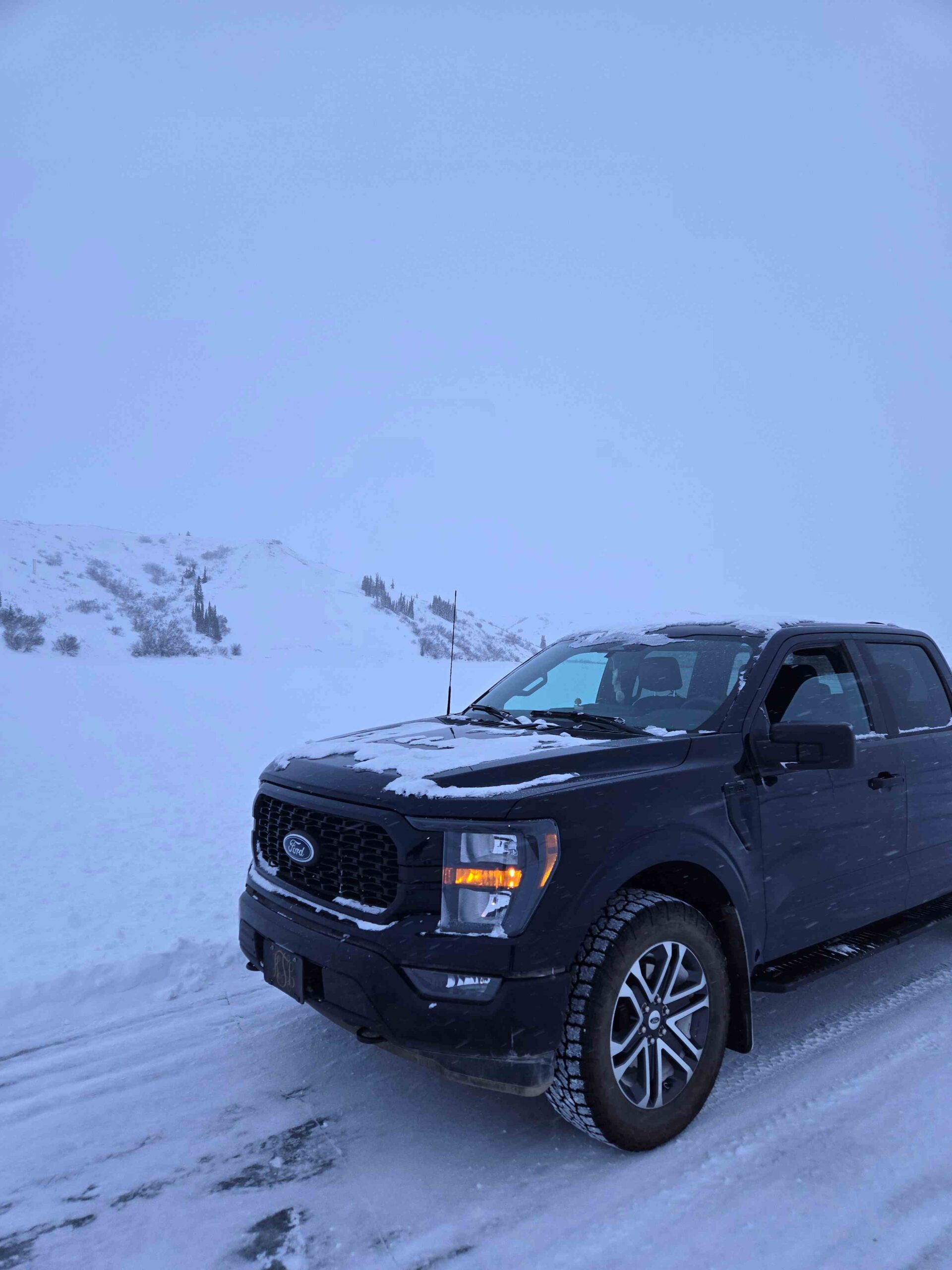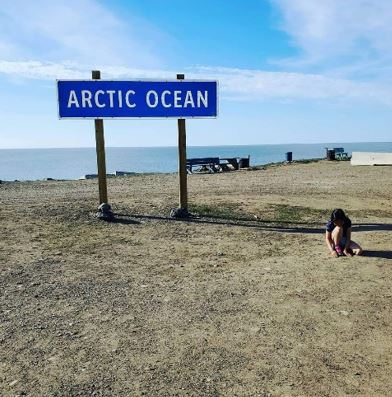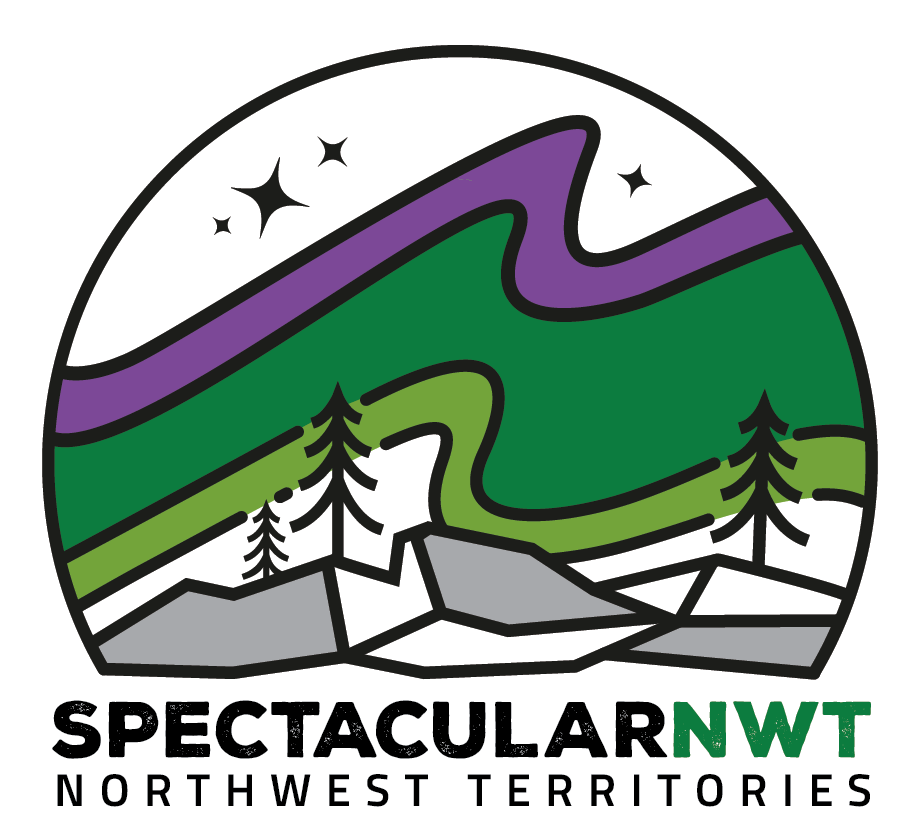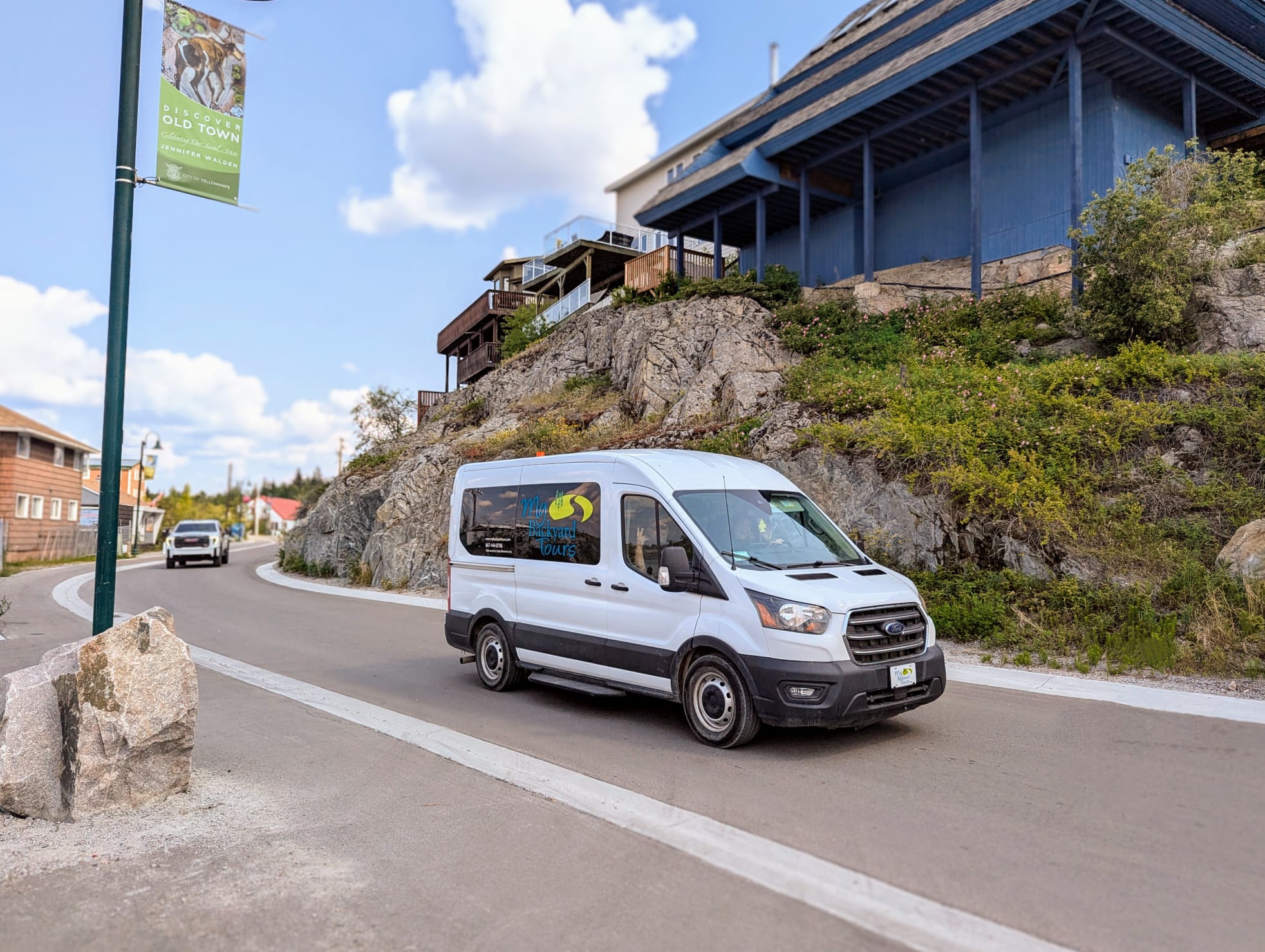When you’re driving around in the Northwest Territories, expect to see many polar bears on the roads. Not the actual Arctic animals, but the iconic polar bear licence plates which are now coveted by collectors worldwide.
But what are the origins of the Northwest Territories’ famous polar bear licence plate? Back when the NWT borders stretched westward from Baffin Island in the east to the Mackenzie Mountains in the west, vehicles were a rarer sight than polar bears.
For the first half of the 20th century, there weren’t even any highways into the NWT and there were only a few streets to drive on when you did have a vehicle— which in those days were mainly trucks.
Only in 1941 did the territorial government require motorists in the NWT to register their vehicles and display licence plates. Those first licence plate designs were rectangular, with simple colour schemes such as orange numbers on a black backdrop and shaped similarly to the standard issued plates that can be found pretty much everywhere in North America today.
When the Mackenzie Highway was connected to the south around Great Slave Lake in the early 1960s, drivers could access more of the NWT by road, bringing many new vehicles into the territory.
In honour of the NWT’s centennial in 1970, the government introduced the first version of the now-famous polar bear plate, which was designed by NWT Commissioner Stuart Hodgson—the first appointed leader from Ottawa to reside in the Territory. The original licence plate featured a blue background with white numbering and the first plate issued (‘1’) was given to Hodgson.













